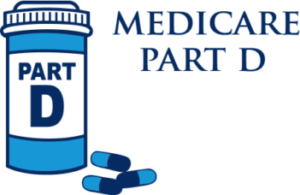What Happens if You Lose Medicaid but Still Have Medicare?

If you’ve been on Medicare and recently lost Medicaid, it’s important to understand how this change may affect your healthcare costs. Many people do not realize just how much Medicaid was covering behind the scenes until it’s gone.
How Medicaid Helped You Before
When you had both Medicare and Medicaid, you were most likely on a Dual Eligible Special Needs Plan (DSNP). In this setup:
- Medicaid was paying most, if not all, of your copayments for hospital stays, doctor visits, and prescriptions.
- The state was likely paying your Medicare Part B premium through the Medicare Savings Program (MSP).
This meant you had little to no out-of-pocket costs for your care.
What Changes After Losing Medicaid
If Medicaid ends, many of these protections and extra benefits go away, even if you are still enrolled in your DSNP:
- Medicare Advantage Prescription Drug (MAPD) plans for people without Medicaid typically require copayments or coinsurance for services and medications.
- If Medicaid had been paying your Part B premium under the MSP, you may now be responsible for it. This premium may be deducted directly from your Social Security check if you receive SSI or SSDI.
What You Can Do Next
Losing Medicaid doesn’t always mean you lose all help. You may still qualify for the Medicare Savings Program, which can pay your Medicare Part B premium and sometimes even help with other out-of-pocket costs.
You can read more about these programs and how to apply in our detailed guide:
https://planmedicare.com/blog/
Understanding these changes is the first step in protecting yourself from unexpected healthcare expenses. If you’ve lost your Medicaid coverage, explore your eligibility for MSP and review your Medicare plan options to make sure you’re getting the right coverage at the lowest possible cost.






